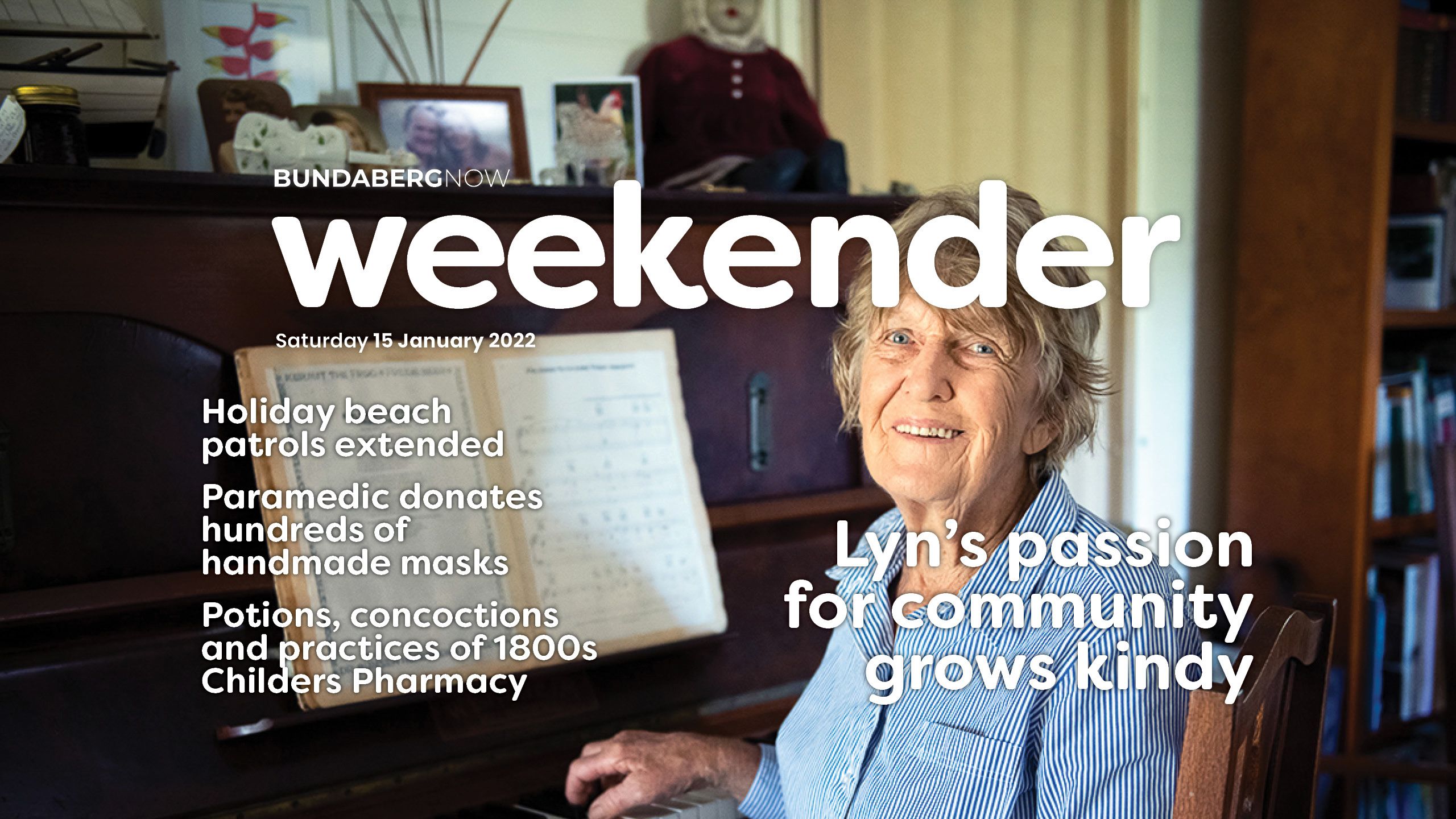
Contents
Council funds extension to holiday beach patrol
Lyn makes positive impact at community kindy
Coldest, hottest, wettest days in Bundaberg for 2021
Sweet new Chocolate Café to open in CBD
Vintage cars a lifelong passion for Chris
Mayor’s Christmas Cheer Appeal off to great start
Face mask donation to help Gin Gin community
Podcast: Old Pharmacy Museum window to 1890 medicine
What's On Bundaberg
10 things you may not know about the Botanic Gardens
Recipe: lettuce cup taco wraps
Book review: The island of missing trees
Gallery: Wet weather impacts community

Council funds extension to holiday beach patrol
Megan Dean
The region’s students can safely enjoy a day at the beach on their extended school holiday break with Bundaberg Regional Council funding additional lifesaving patrols until February 4.
The start of the school year was delayed when Premier Annastacia Palaszcuk announced students would not return to classrooms until the peak of the state’s latest COVID outbreak had passed.
While seven day a week patrols are set to continue at Kellys Beach for the rest of the season under Council’s existing contract with Surf Life Saving Queensland (SLSQ), Nielson Park weekday patrols were set to end on Friday January 21.
However Mayor Jack Dempsey said, with students unable to return to school, Council had funded the continuation of the weekday patrols for the popular beach.
“Our pristine beaches are incredibly popular with locals and visitors alike,” Mayor Dempsey said.
“With students not returning to school on January 24 and many parents taking time off to care for them, coupled with the beautiful weather in our part of the world, we expect high numbers at the region’s most popular beaches.
“We want to ensure everyone can safely enjoy some fun in the sand, sea and sun.
“We’re very grateful for our continued partnership with SLSQ and its enthusiastic staff and volunteers which has allowed us to put this additional safety measure in place.
“Nielson Park weekday patrols will be extended from Monday, January 24 through until Friday, February 4.
“Oaks Beach weekday patrols will continue until Friday, January 21, when it will revert back to weekend patrols only until the start of the Easter school holiday break in April."
SLSQ lifesaving services coordinator Julie Davis said the beaches had proven a very popular destination for holidaymakers this summer.
“Nielson Park has been going off the Richter scale with visitations,” Julie said.
“We’ve had great weather, apart from the little pockets here and there.
“Caravan parks are full, lots of people - lots of families - out and about which is absolutely fantastic.
“Not only at Nielson Park, Moore Park, Elliott Heads and Kellys Beach.
“It’s excellent to see the amount of people on the beach, coming down and spending time making memories.”
Bundaberg Region extended school holiday beach patrol times:
Nielson Park:
- weekdays from 9 am to 5 pm until February 4
- weekends and public holidays from 8 am to 6 pm until the end of January 2022
Kellys Beach:
- weekdays from 9 am to 5 pm.
- weekends and public holidays from 8 am to 6 pm until the end of January 2022
Oaks Beach:
- weekdays from 9 am to 5 pm, until Friday 21 January 2022
- weekends and public holidays from 8 am to 6 pm until the end of January 2022
Weekend patrols will continue at all of the region’s patrolled beaches through until the end of the season, May 2.
Julie’s top tips for a safe swim:
- always swim between the red and yellow flags
- talk to the lifeguard or lifesaver on duty if you have any questions or queries
- Make sure the kids are supervised, especially during strong weather
- Never drink and swim
- Always swim with a buddy
“We did have a couple of instances over the New Year of drunk 25 – 35 year old trying to swim, one was very, very lucky that there was an off-duty lifesaver there to pull him out,” Julie added.
She said supervision was always critical but it was especially necessary following severe weather events.
“We don’t know what’s happening with the cyclones… we’re still getting a little bit of debris washing up on the beaches.”
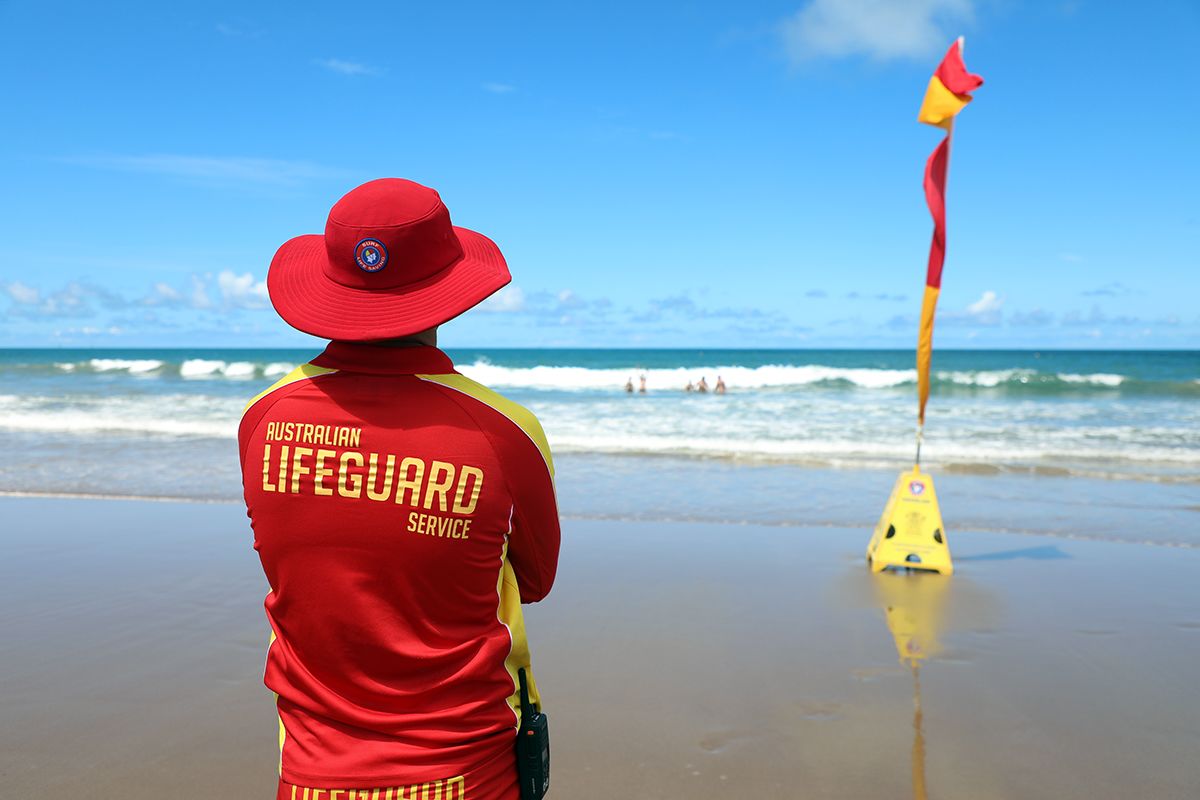
Lyn makes positive impact at community kindergarten
Emma Turnbull
Long-time Burnett Heads resident Lyn McIlwain is no stranger to community spirit, she helped the local kindergarten grow to the thriving, positive space it is today.
Lyn moved to the seaside community in 1976, with her late-husband and her children.
Trained in clinical nursing and midwifery Lyn decided as well as a sea change, she needed a career change, and so applied for a job with C&K Oaks Beach Community Kindergarten.
Her keen interest in helping the kindergarten thrive has been profiled as part of the Bundaberg Regional Council Our People Our Stories initiative which celebrates local people.
More than four decades ago, Lyn recalls the start of her role at the kindergarten.
“In the old hall the Burnett Heads Kindy started in 1970, and they already had a couple of teachers,” she said.
“They weren’t funded and relied on raffles at the pub, lamington drives, bush dances and more.”
Shortly after her start, Lyn rallied the community together to build a permanent space for the kindergarten, garnering support from the Bargara Lions Club and Apex Clubs.
In the early stages of building, she recalls being told “just make a few cakes ladies, and you’ll succeed.”
But with Lyn’s tenacity and drive, she knew they would need more than cakes to fulfil the community project.
“Tafe students assisted in the build and Duffy’s buses would bring them down (to help),” she said.
“East Bundaberg Rotary put the trusses up on the roof. I did rely heavily on community services to assist.”
After almost a decade of living in Burnett Heads, Lyn’s dream had arrived, and the community kindergarten was fully functioning.
“We opened in 1986,” she said.
“The State Government offered land and Council gave us 50 loads of fill and did the carpark all for nothing.
“We got $2000 from State Government and $2000 from Local Government.
“We had it paid off in four years, but mainly from the 5800 lamingtons we made once a year!”
Leaving her role at the community kindergarten some 20 years later, Lyn said it was now fully funded and continued to be a thriving, positive space for children today.
“I want to thank the community’s unwavering generosity and support towards a permanent educational facility for the adults of the future,” she said.
“It takes a village to raise a child and I am so proud of our unique village and surrounding areas.”

Coldest, hottest and wettest days in Bundaberg for 2021
Emma Turnbull
The coldest, hottest and wettest days in Bundaberg for 2021 have been released by the Bureau of Meteorology, as Australia records the coolest year in nearly a decade.
The coldest morning recorded at the Bundaberg Airport weather station last year was on 10 June, where the minimum air temperature dropped to just 3.1 degrees, before warming up 18.2 degrees.
The day with the coolest maximum temperature for 2021 was recorded on 21 July were the mercury only hit 18.1 degrees during the 24-hour period.
The community sweltered through the beginning of last year, as the hottest day was recorded on 22 February with the temperature reaching 38.6 degrees, which was 7.7 degrees above the monthly mean of 30.9 degrees.
For the whole year 932mm of rain fell at the Bundaberg Airport weather station.
The wettest day on record for 2021 was recorded on 26 November with 114mm captured, and a total of 406.2mm for the month of November.
According to the Bureau of Meteorology’s Annual Climate Statement, last year was Australia's coolest year in nearly a decade.
By the end of 2021 – and for the first time in five years – no large parts of the country were experiencing rainfall deficits and drought conditions.
The statement is the official summary and contextual information regarding temperatures, rainfall and significant weather for the 2021 calendar year.
Bureau of Meteorology Senior Climatologist Dr Simon Grainger said the rainfall during 2021 was a welcome relief.
“After three years of drought from 2017 to 2019, above average rainfall last year resulted in a welcome recharge of our water storages but also some significant flooding to eastern Australia,” he said.
“Queensland rainfall in 2021 was 8 per cent above average overall.
“It was the wettest year since 2011, it was also the coolest year for Queensland since 2012.”
Dr Grainger said for the Wide Bay Region, 2021 was mostly dry until November when more than double the monthly average rainfall was recorded.
In 2021, Australia's mean temperature was 0.56 degrees above the 1961 to 1990 climate reference period.
It was the 19th warmest year since national records began in 1910, but also the coolest year since 2012.
Despite the cooling impacts of the negative Indian Ocean Dipole, a period of warmer than usual ocean temperatures in the western Indian ocean, and La Niña, a period of cooling of the central and eastern tropical Pacific Ocean, 2021 was warmer than average (calculated in relation to the 1961 to 1990 climate reference period) and warmer than historical La Niña years.
Rainfall was 9 per cent above the 1961 to 1990 average, making 2021 the wettest year since 2016, with November the wettest on record.
A full report on Australia's weather and climate of 2021 will be released in February.
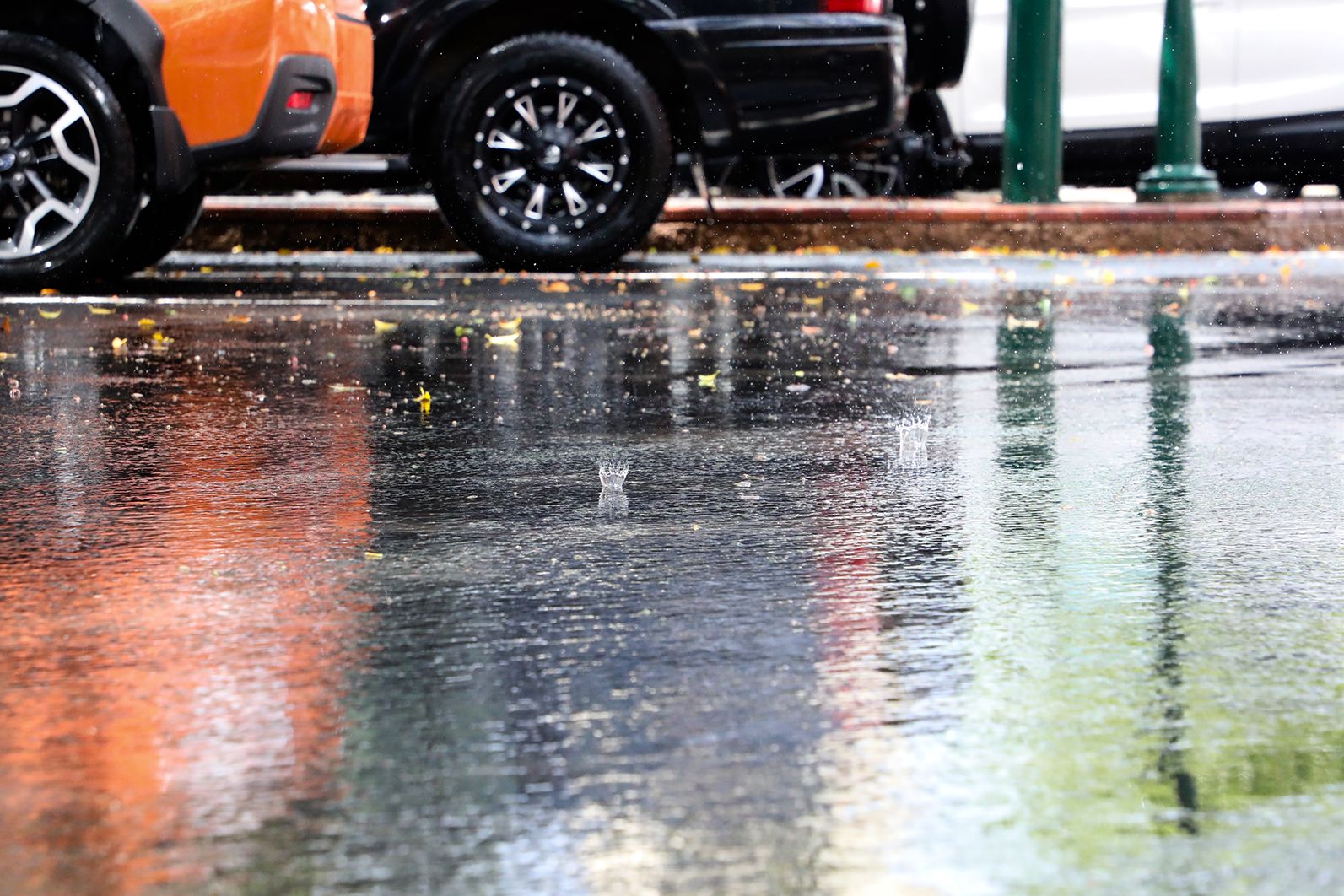
Sweet new café to open in Bundaberg CBD
Georgia Neville
A sweet new café is opening in the Bundaberg CBD next week, with The Chocolate Café offering a unique range of treats to devour.
Due to open on Monday, 17 January at 200 Bourbong Street, the Chocolate Café is giving the city something new to look forward to with many surprises on the menu.
Café owner Lee has called Bundaberg home for the past four years and said owning and running his own café had been a dream come true.
“I have always wanted to run my own business, and especially a café,” Lee said.
“I have always been drawn to various chocolate cafés and thought we would give the idea a try in Bundy.”
Lee said there would be a unique offering on his menu.
“The café will offer some different items on the menu that some cafés don’t offer such as smashed avo with dark chocolate,” he said.
“We will also offer sharing platters with melted chocolate and real Belgium hot chocolate in various flavours.”
Lee said he hoped the café provided a relaxing environment for people to visit, while helping to support other businesses by sourcing items locally.
“The café will have a relaxed atmosphere with friendly staff offering chocolate infused treats, and like most local places we would love to see locals supporting locals and to enjoy some chocolate, of course,” he said.
“We are trying to purchase as many of our items as locally as possible, as we believe in supporting local business and helping Bundaberg grow.”
The Chocolate Café will be open Monday to Friday, with the potential for an extension of the hours depending on demand.
“Initially we will open Monday to Friday 7 am to 2 pm, we will be looking to open Saturdays in the future once we find our feet and know our customers wishes and demands,” he said.
“We have taken on a small team but are hopeful to extend our hours in the future so we would be looking to add staff soon.”
You can find out more about the café on Facebook.
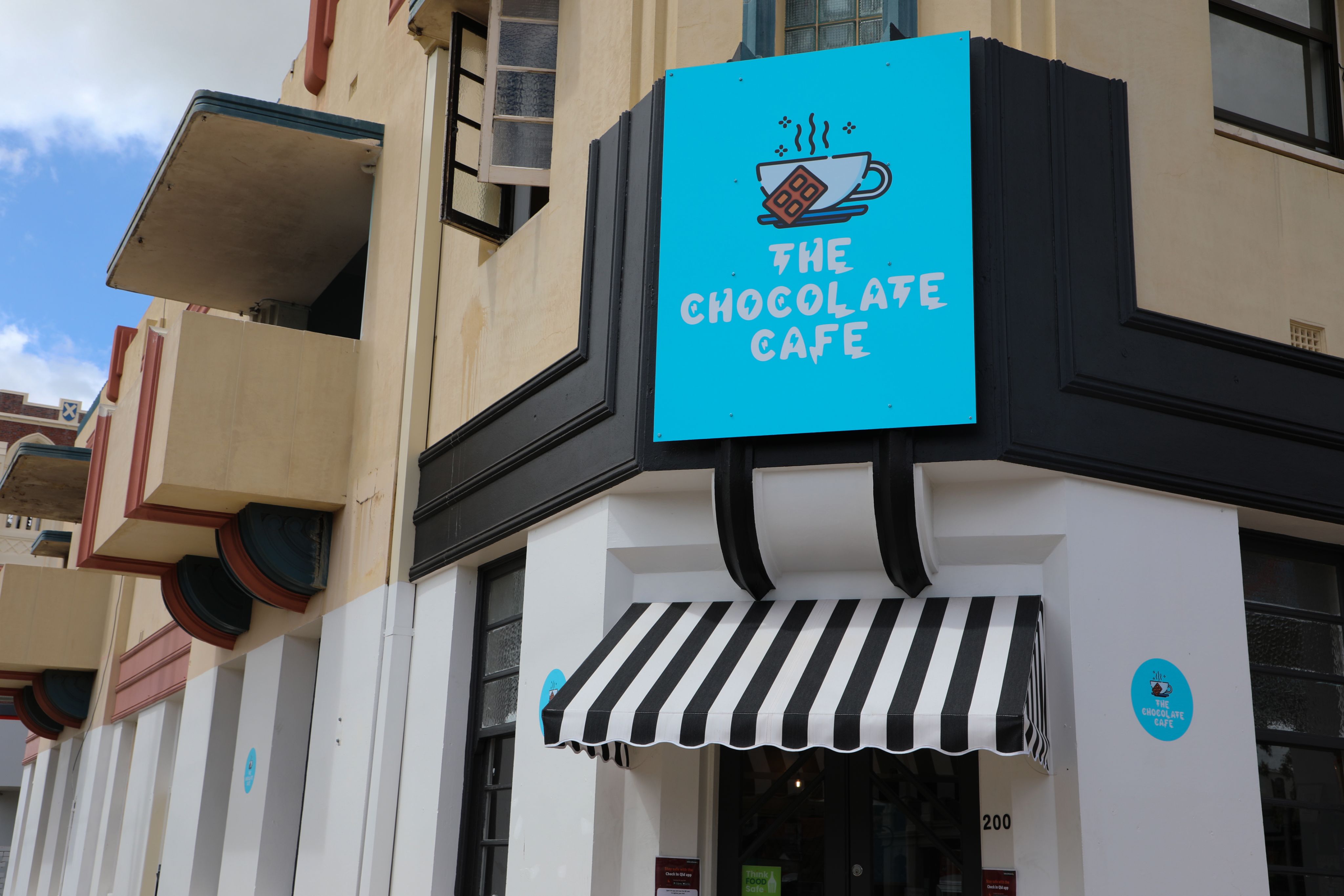

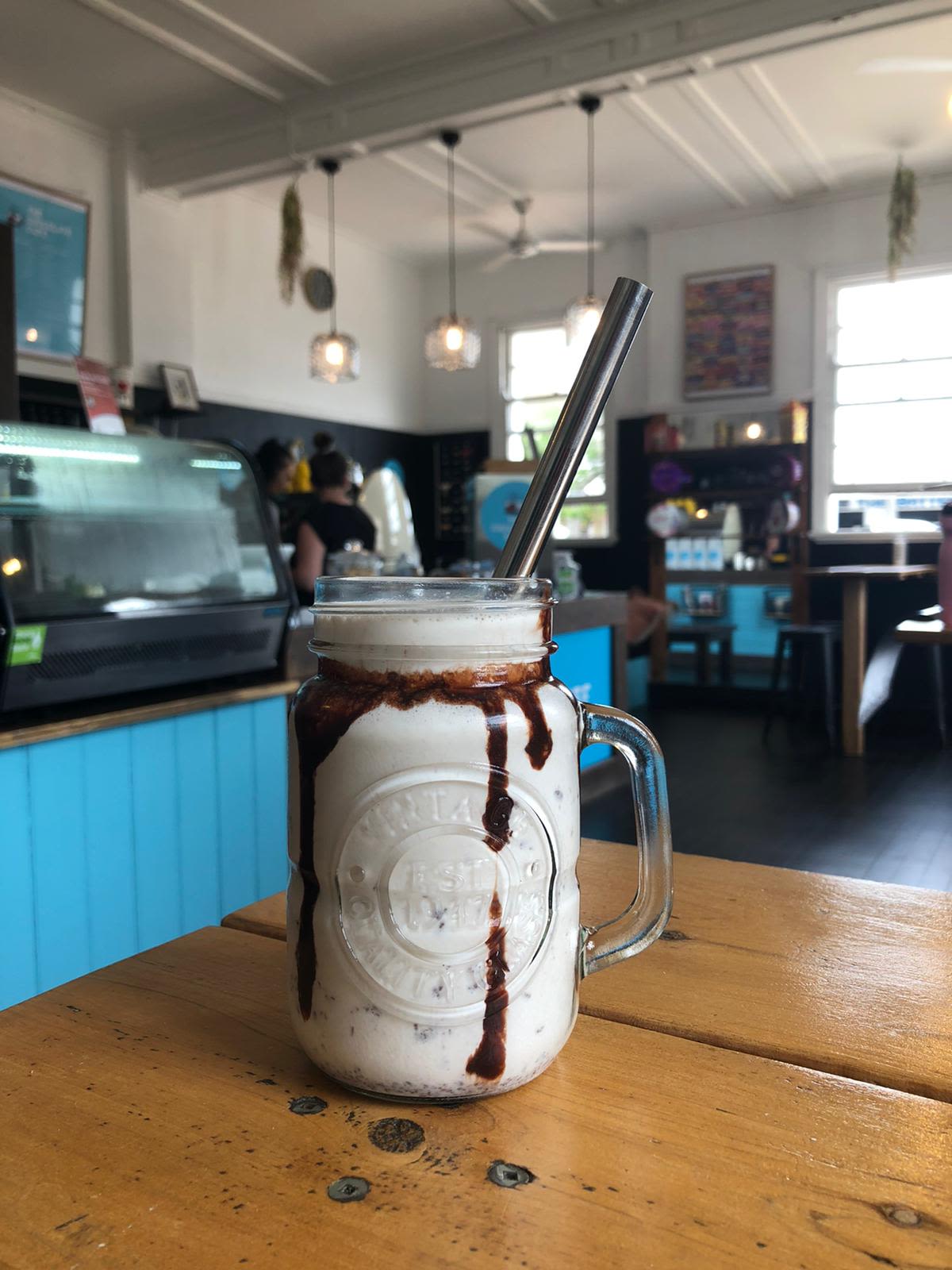
Vintage cars a lifelong passion for Chris
Ashley Schipper
Chris Sorensen has been a member of the Bundaberg Vintage Vehicle Car Club since 1987 but his passion for old cars came long before that.
His passion for vintage vehicles has been highlighted as part of Bundaberg Regional Council's Our People Our Stories initiative, which celebrates local community members.
He said he had loved vintage vehicles since he was a child but during his days working at Qunaba Mill, Chris was able to explore this further through his interest in a vehicle that once belonged to the manager of Bundaberg Foundry, William Parry.
The vehicle was a De Dion-Bouton.
“The manager of Bundaberg Foundry in 1904, Mr William Parry, sent his foreman to London to purchase the car and it was shipped to Bundaberg,” Chris said.
“An ambition of mine was to own this car and I was fortunate enough to purchase it in 1986.
“The other part of my ambition was to take it back to London to do the London to Brighton Run, and I did that with my family in 1989.
“Since then, we have done several London to Brighton runs with other cars that we have.”
The popular car rally celebrates the Lifting of the Red Flag Act in 1904.
The event has been celebrated since the late 1800s.
“One of the highlights of this event is the participants dress in the period dress of the car,” Chris said.
“For our first trip my wife Jenny had made period 1904 outfits for all of us, including our sons.
“We have a photo of all of us dressed up with the De Dion-Bouton lined up with the other old cars in Hyde Park.
“It was a big effort and memorable in that the De Dion-Bouton went back to where it started from all those years ago.”
Chris said the De Dion-Bouton was one of a few cars he owned steeped in history.
“It was the first car registered in Bundaberg and after many years, was sold to Bert Hinkler’s sister, Mrs Queenie Palm,” he said.
“I also purchased a 1903 Grout steam car in Pennsylvania.
“The Grout, like the De Dion, is a very original car with a lot of history and there is one photo of it parked in front of the Lincoln Memorial in Washington.”
Chris said he also owned a 1903 Cadillac, a 1901 Locomobile, a 1906 Buick, 1911 Overland, 1915 Saxon, 1926 Lincoln (once owned by the famous American tennis player Elinor Sears) and a 1929 Rolls Royce Sedanca deVille.
These days, Chris gets to enjoy his cars even more in retirement and recently participated in the re-enactment of the London to Brighton in Burnett Heads with the Bundaberg Vintage Vehicle Club.
He said it was an opportunity to give Australian vintage car owners who couldn’t attend the event in the United Kingdom a place to celebrate locally.
“I am often asked what the attraction is of going all the way to London and taking a car to do this run,” he said.
“My answer is: it’s the thrill of driving such an old car through London.
“Past the Palace down the mall, past the Houses of Parliament and Big Ben.
“Over Westminster Bridge and then all the way to Brighton – it’s an incredible experience.”
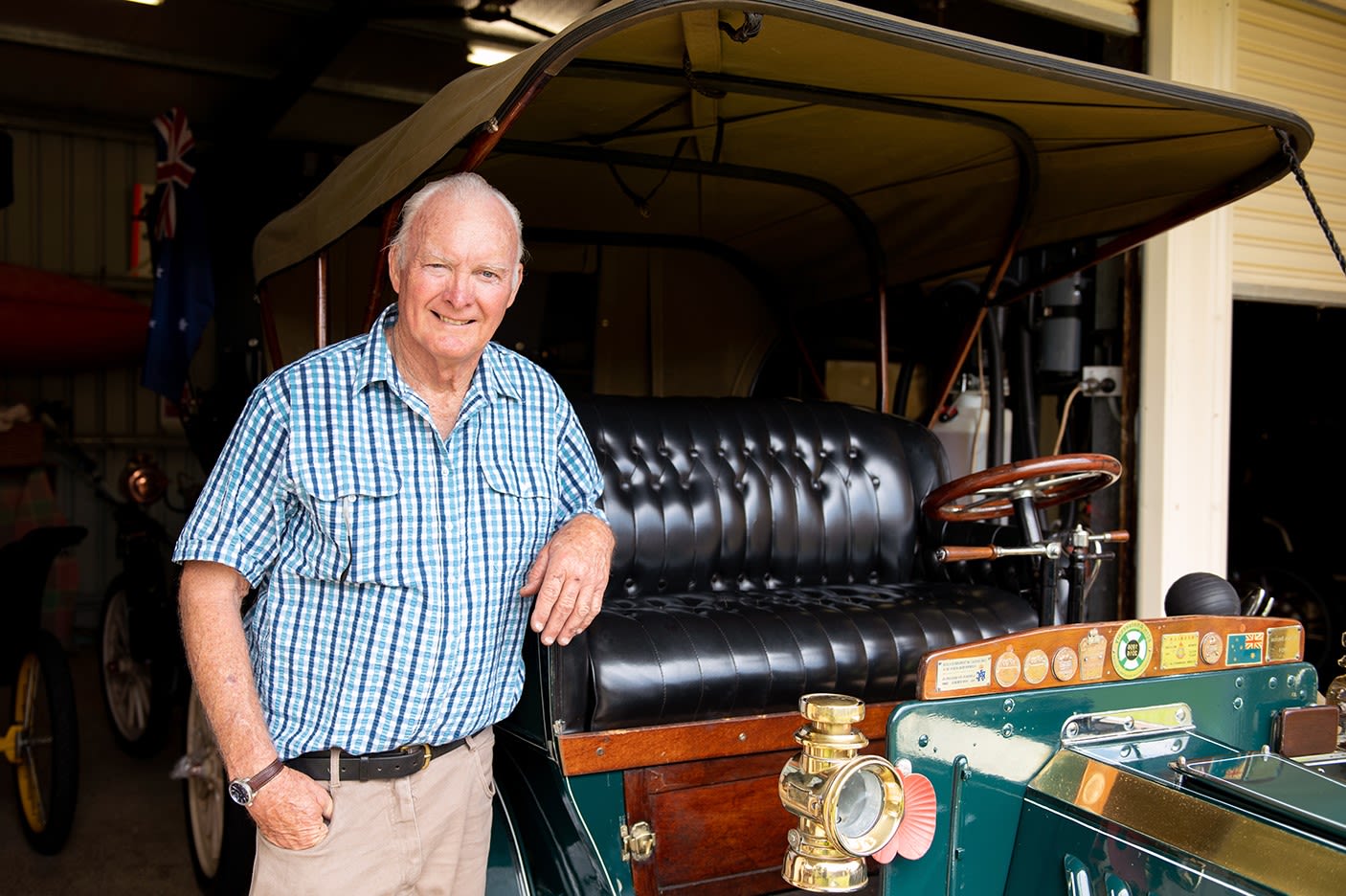
Mayor’s Christmas Cheer Appeal off to great start
Georgia Neville
The Mayor’s Christmas Cheer Appeal is off to a cracker start for 2022, after raising over $3500 from the sale of locally made and collectible Christmas baubles last year.
The appeal, which was launched in December, is raising funds to assist a number of local charities to provide hampers for local families in need this Christmas.
This year, the Mayor’s Christmas Cheer Appeal will continue the great work of local charities which prepare food hampers – just on a much bigger scale.
Products will be purchased by the pallet-load and a massive community working bee will see the hampers put together right before distribution in December.
Bundaberg Mayor Jack Dempsey said it was fantastic to see the support for the appeal so far and urged the community to continue to support these charities however they could throughout 2022.
“The launch of the appeal has seen great success, with the sale of hundreds of baubles over last year’s Christmas period,” Mayor Dempsey said.
“As part of the Mayor’s Christmas Cheer Appeal, we’ll be working with local community groups to fundraise all year-round.
“I encourage the community to continue to be generous where and when they can, so we can ensure every family has a great Christmas in 2022.
“We look forward to continuing to support our local charities who do a fantastic job in providing support to those in need within our community.”
Council will meet with the charities involved later this month to work on a fundraising calendar.
Any business with ideas for fundraising during the year for the Mayor’s Christmas Cheer Appeal is encouraged to submit them online here.
Anyone interested in learning more about how to donate or volunteer for the Mayor’s Christmas Cheer Appeal can submit an Expression of Interest form here.
Individuals will continue to register with participating charities and those groups will deliver the hampers as normal.
The hampers will be distributed by Salvation Army, St Vincent de Paul, Angels Community Group and the Childers and Gin Gin Neighbourhood Centres.

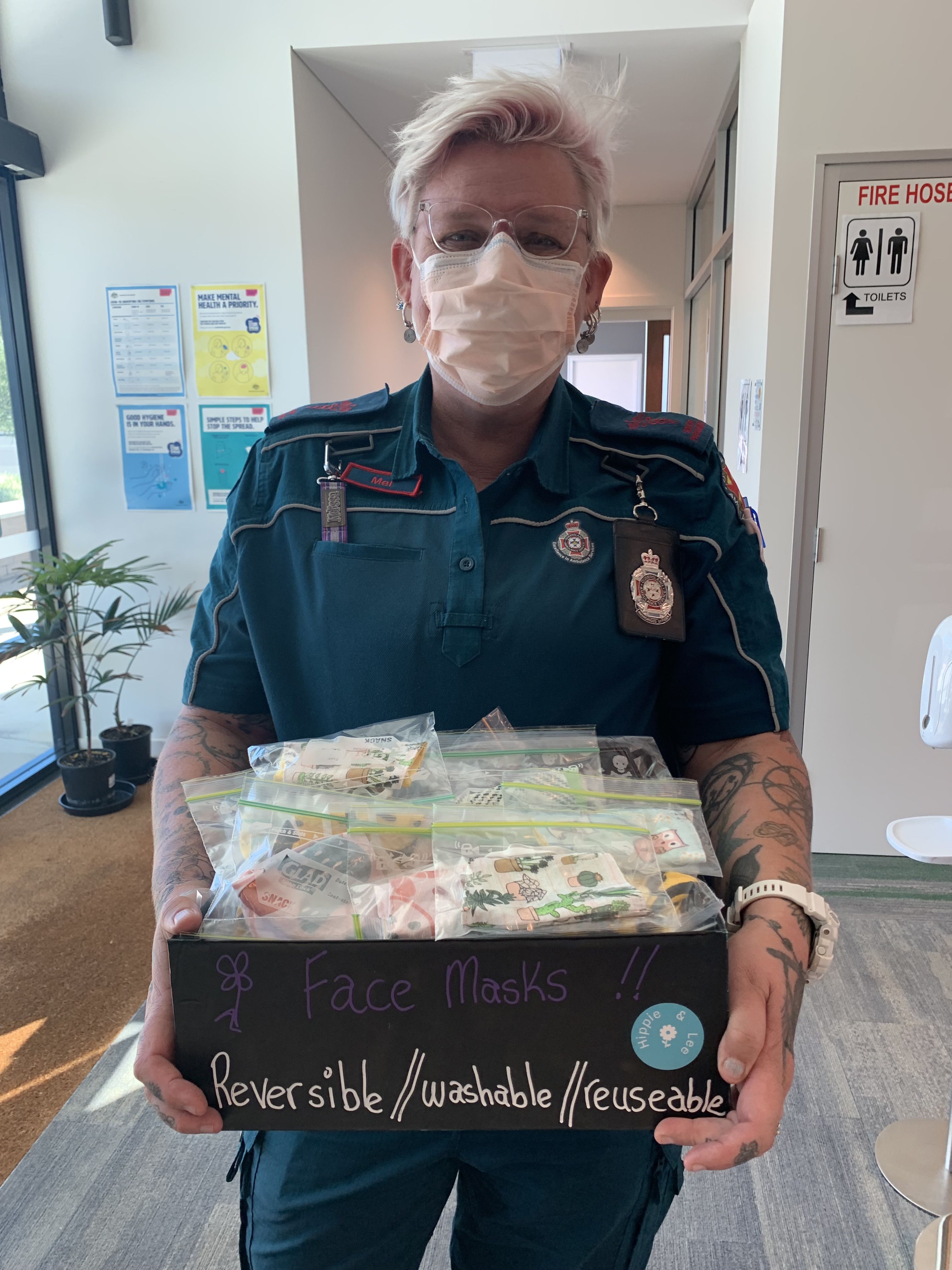
Face mask donation to help Gin Gin community
Ashley Schipper
Gin Gin paramedic Mel Bayntun has a knack for sewing and has used her skillset to create hundreds of face masks to donate to the community.
During the past three weeks Mel has whipped up 540 face masks of all colours and designs and has been delivering them to various parts of the region and beyond, including at the Gin Gin Community Hub.
Mel said she decided to make the masks as the Covid pandemic became more prominent in the region.
“I had a whole heap of scrap fabric laying around and I initially thought of making them until I ran out, however that soon changed,” she laughed.
“The last count I did, I was up to about 540 masks.
“I think I might have a bit of a break now though because I am starting to dream about them!”
Mel has been a paramedic in the Gin Gin region for more than a decade and in her spare time, she said she loved to sew.
“I make my clothes and my partner's clothes,” she said.
“I actually learned how to sew as I child; my late mother taught me.
“Sewing not only keeps me busy doing something creative but it also keeps me close to my mother, she was an amazing woman.”
The Gin Gin Community Hub is now stocked up with Mel's masks which are available for the taking.
“I created them in all different designs and colours – fun stuff!” she said.
“Most people have been really appreciative of them.”
Mel said during the pandemic, she had hoped her masks would ease a bit of pressure to those who were struggling.
“Wearing a mask is just another added cost which is hard for those who are doing it tough,” she said.
“I thought, well this just might ease that burden a little bit.
“Overall, I just want people to be safe, healthy and kind to one another.”
Mel's reversible/washable/reusable face masks are available at the Gin Gin Community Hub, 4 Dear Street.
Old Pharmacy Museum window to 1890 medicine
Welcome to Hidden Histories: Old Pharmacy Museum, the fourth episode of series two of the Bundaberg Now Podcast.
The Old Pharmacy Museum is an iconic attraction on the heritage listed main street of Childers.
Historian Scott Stedman is the Volunteer Coordinator at the museum, and shares tales of the pharmacy from its beginning in 1894.
Notably, he speaks about potions stocked in the pharmacy that were later found to be toxic, some even causing death of patients.
“We've got some of the really old arsenic bottles and concoctions that they made with the old mortar and pestles and a whole plethora of instruments and bottles of toxic, lovely things not to take,” Scott said.
“A lot of people gravitate to the Bex and Vincent’s because they can remember mum or grandmother taking a big serving every day.
“It was a part of the cocaine family, and they found that it was affecting people's kidneys.
“A lot of people that took the regular dose of Bex or Vincent’s ended up on dialysis, and it killed a lot of people as well,” he said.
Another reason to value modern medicine is the original pharmacist's pedal-powered dentistry drill that would be taken on tours of the hinterland to perform tooth extractions on the road side.
Listen now to hear more stories of the Old Pharmacy Museum:
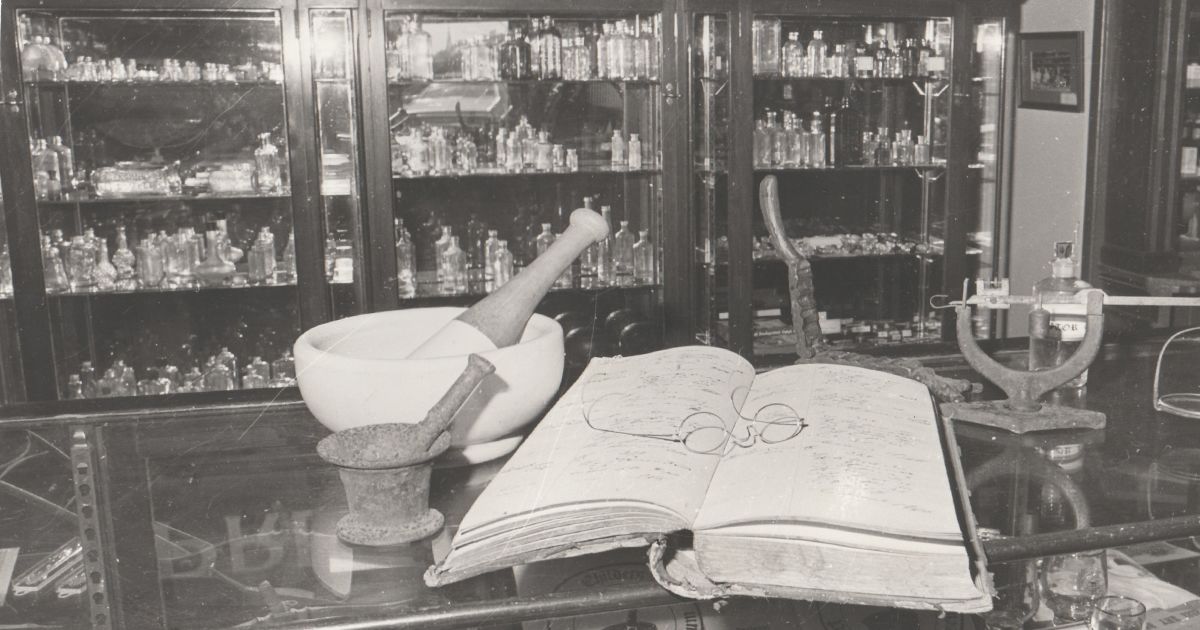

10 things you may not know about the Botanic Gardens
Morgan Everett
1. It’s humble beginnings
The Botanic Gardens as we know it today is pristine – but it didn’t always look this way.
The land was once leased out and some areas were planted with sugarcane. Other areas were water reserves and grazing leases.
The Railways Department steam trains used the lagoon next to Thornhill Street as their water supply until the advent of diesel locomotives. The lagoon was also utilised by early settlers as a fresh water supply and resting and watering place for cattle.
2. Spectacular range of flora and fauna
The Botanic Gardens covers over 27 hectares of land and features a variety of more than 10,000 trees and shrubs. At the heart of the Botanic Gardens are the magnificent lakes which create a diverse habitat attracting up to 114 species of birds.
3. Centuries of history in one tree
The well-maintained lawns of the Bundaberg Botanic Gardens don’t reveal its history as a dairy farm, but local man Paul Trammachi remembers well the time he spent there as a boy.
The towering, historical fig tree adjacent to Fairymead House holds some of Paul’s fondest memories. He estimates the tree would be about 500 to 600 years old.
4. TIMBER: Plans chopped in favour of tree appreciation
According to Botanic Gardens and Horticulture Area Supervisor Cody Johnson trees within the area known as the Woodworkers Guild were originally established in the 1980s and 1990s for timber harvest, with its members committed to creating a renewable sustainable forest.
However tree labels were lost in floods, leaving the area largely forgotten.
Cody said the Guild and Council now wished to retain the trees permanently so visitors could appreciate them for more than just their fine timber qualities.
5. Branching out with some rare finds
The Woodworkers Guild garden also houses many rare trees and Council staff are always on the lookout to identify new species after the plaques were lost in the flood.
A native crepe myrtle was identified featuring flowers with an impressive pinkish mauve bloom.
In 2020 staff identified a rare Australian black plum, a species thought extinct for a large part of last century until it was rediscovered in 1980.
After almost one kilometre of new footpath was added to the gardens access was gained to a large northern white beech which boasts a vibrant purple fruit.
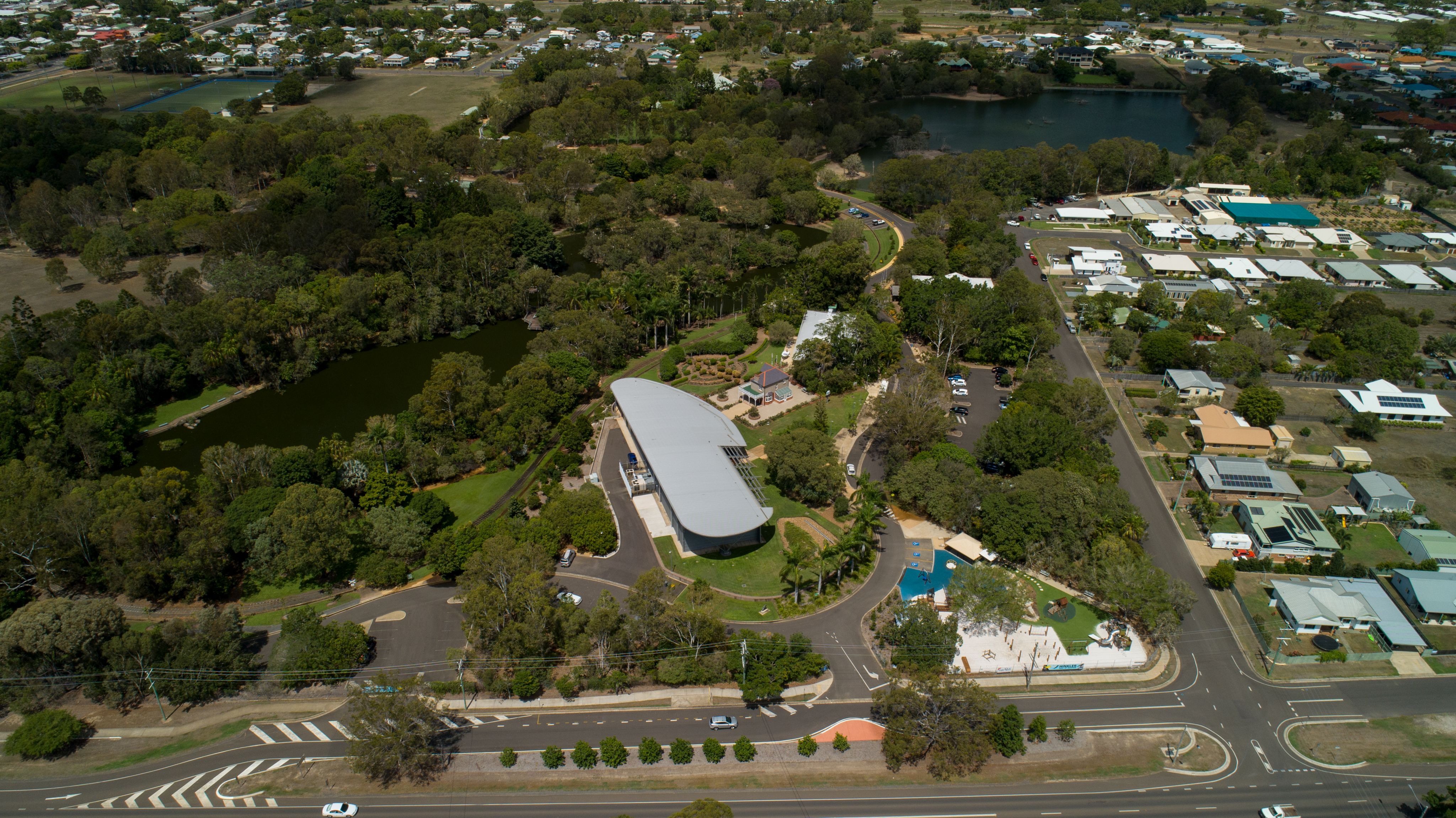
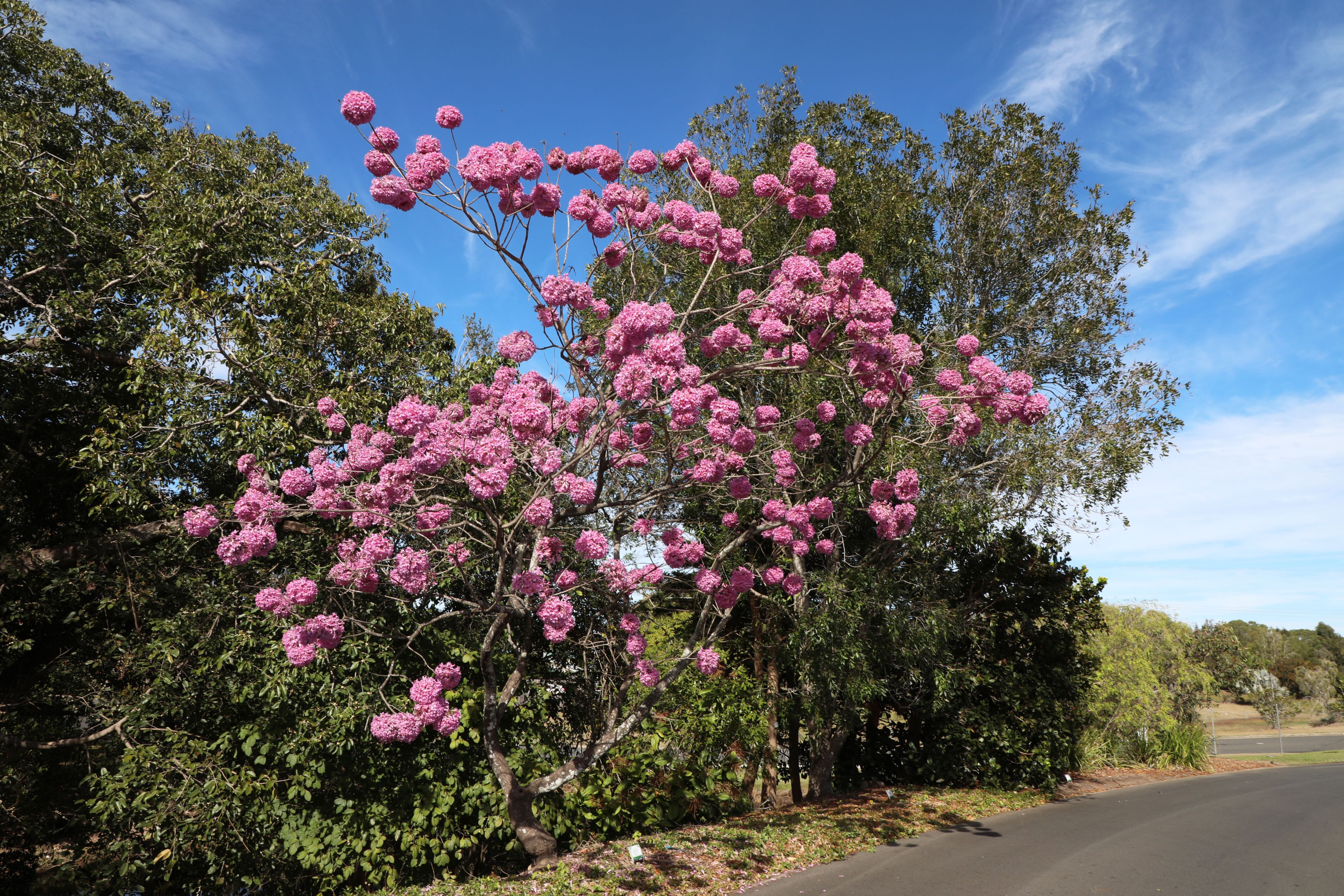
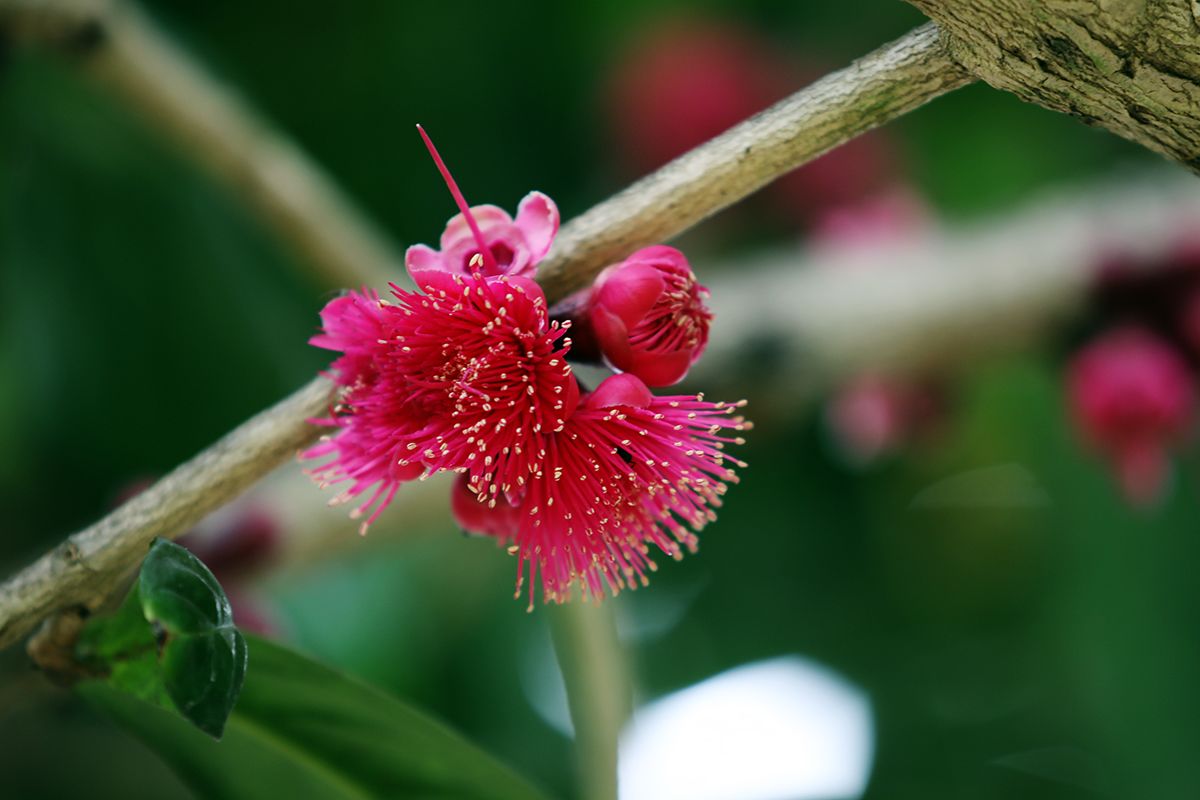

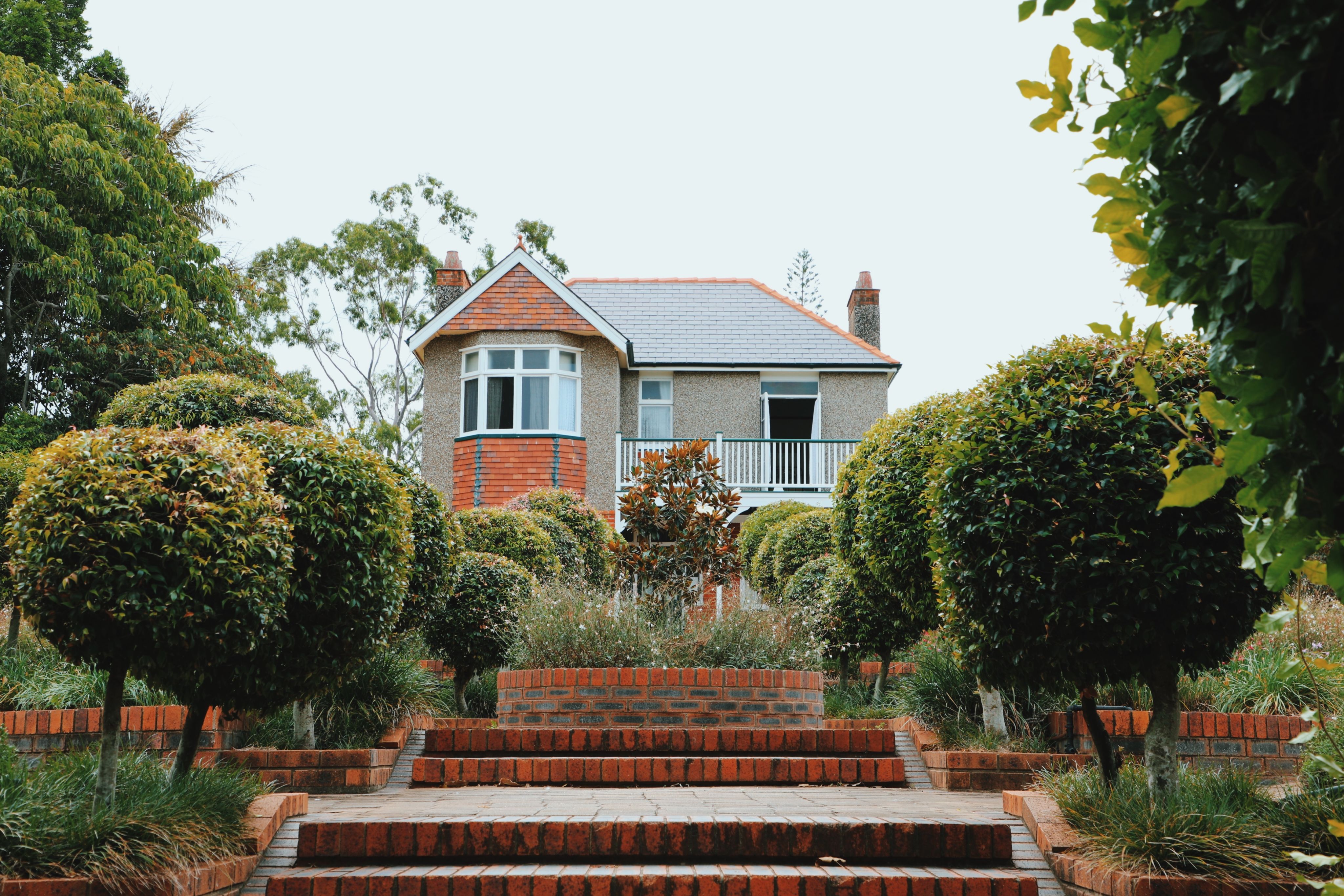
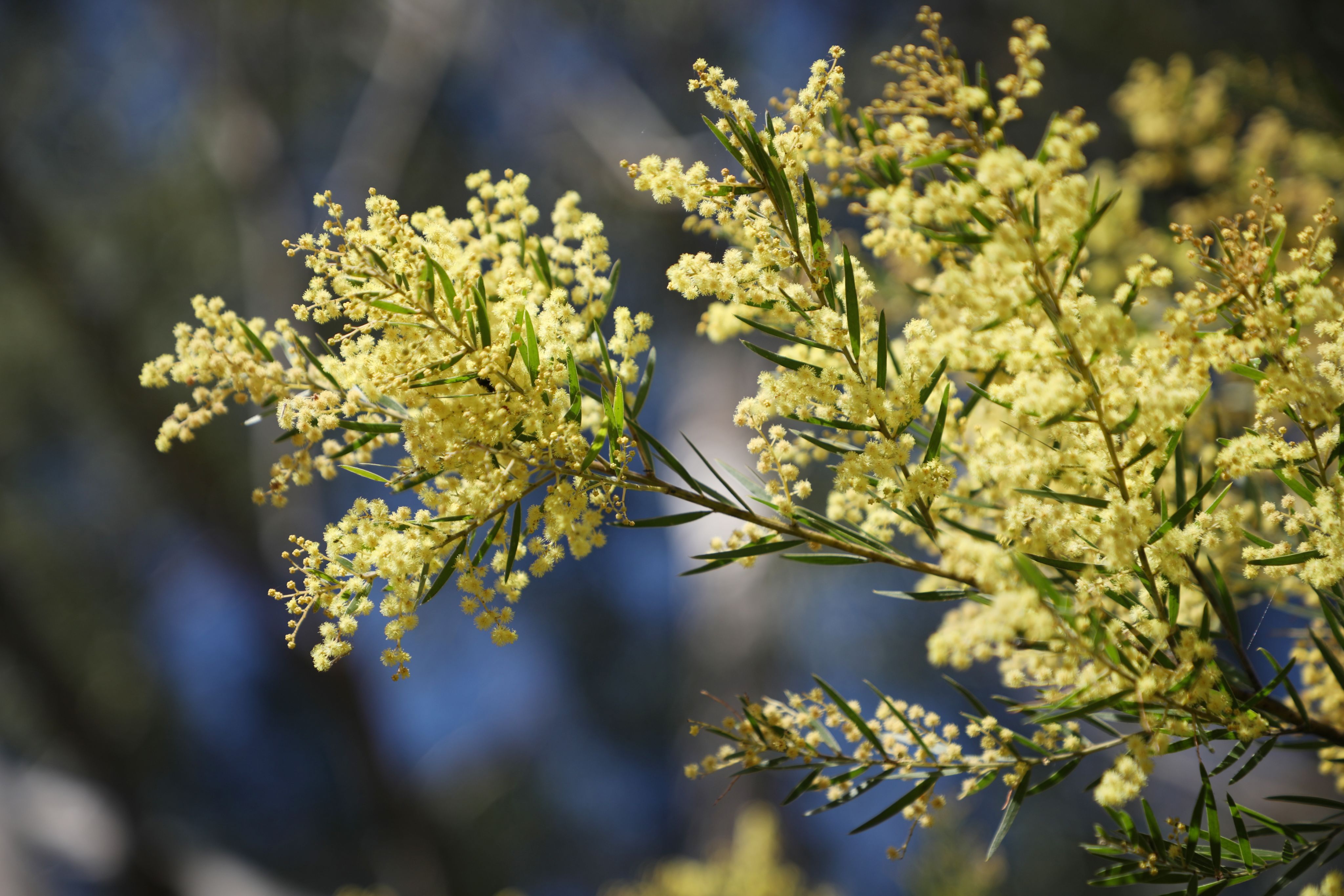
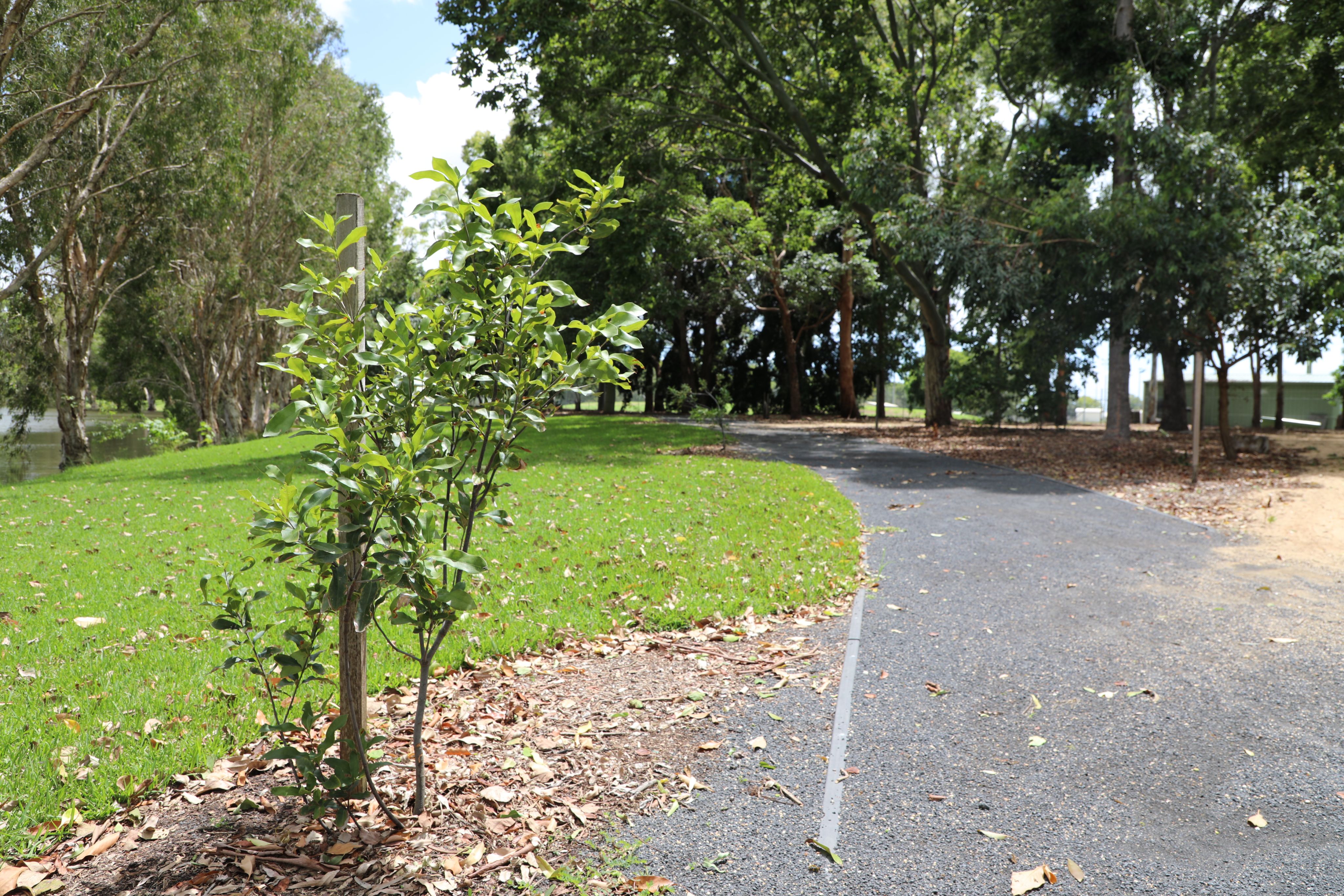

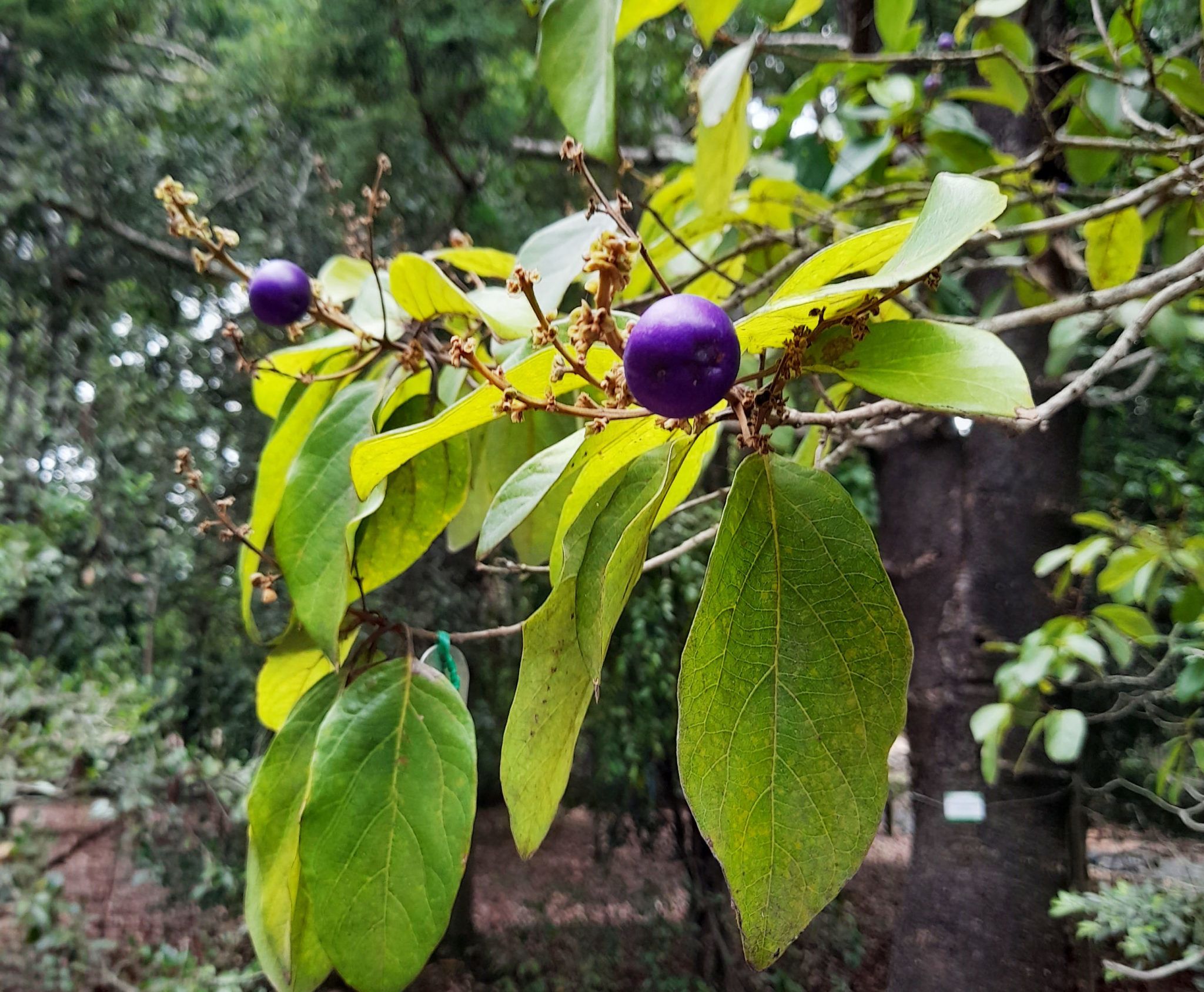






6. Sugar, steam and all things flight
There is an abundance of attractions for locals and visitors alike to enjoy within the Bundaberg Botanic Gardens.
Fairymead House, the Hinkler Hall of Aviation and the Bundaberg Historical Museum allow you to immerse yourself in the Bundaberg Region’s rich history.
Hinkler House is open for self-guided tours and the Australian Sugar Cane Railway offer train rides for those of all ages.
7. Home to unusual and exotic fruits
The rare fruit tree orchard is located behind the Hinkler Hall of Aviation and is home to unusual and exotic fruits from tropical and sub-tropical areas of the world.
The giant lau lau has huge glossy leaves and bright red fruits that taste like crispy apples.
The miracle fruit originates from West Africa and produces berries that alter your taste buds. Everything you eat for the following two hours will taste sweet.
The peanut butter tree produces rich sweet fruit with the texture of - you guessed it - peanut butter. Look for small yellow flowers in spring followed by dark red fruits.
These are just a few of the trees to explore among the orchards.
8. Bamboo mulch’s garden year-round
Bamboo that has been growing in the Japanese Gardens since the early 2000s is trimmed once a year to keep the location in pristine condition – but it never goes to waste.
The bamboo offcuts are then turned into mulch for the gardens.
Area Supervisor Cody Johnson said staff tried to mostly remove mature canes or new shoots that were showing signs of lateral growth as opposed to maintaining an upright form.
Bamboo mulch acts as a natural weed barrier and helps retain moisture for the plants growing in the gardens.
9. Full steam a-hedge
When strolling through the gardens you can’t miss the Australia Sugar Cane Railway steam trains giving rides to visitors. But make sure you take the time to stop and admire its bushy look-a-like sitting alongside the track at the station.
The crew at the Bundaberg Botanic gardens have shaped the Mock Orange hedge into a steam train, upkeeping with the maintenance so that all can enjoy.
10. Nuts for conservation
Pathway entry via Thornhill Street will lead you past the endangered Macadamia Jansenii trees planted in June 2020.
The Bundaberg Botanic Gardens was one of four sites the rare trees were planted for the conservation project.
Under the project, Macadamia jansenii will also be planted at the Australian National Botanic Gardens in Canberra, the Brisbane Botanic Gardens at Mt Coot-tha, and the Maroochy Research Facility.
The project is supported by the Macadamia Conservation Trust through funding from the Australian Government’s National Landcare program.
Funds were provided by Hinkler Park Macadamia Plantation and the Friends of the Australian National Botanic Gardens which have played a critical role in the success of the project.

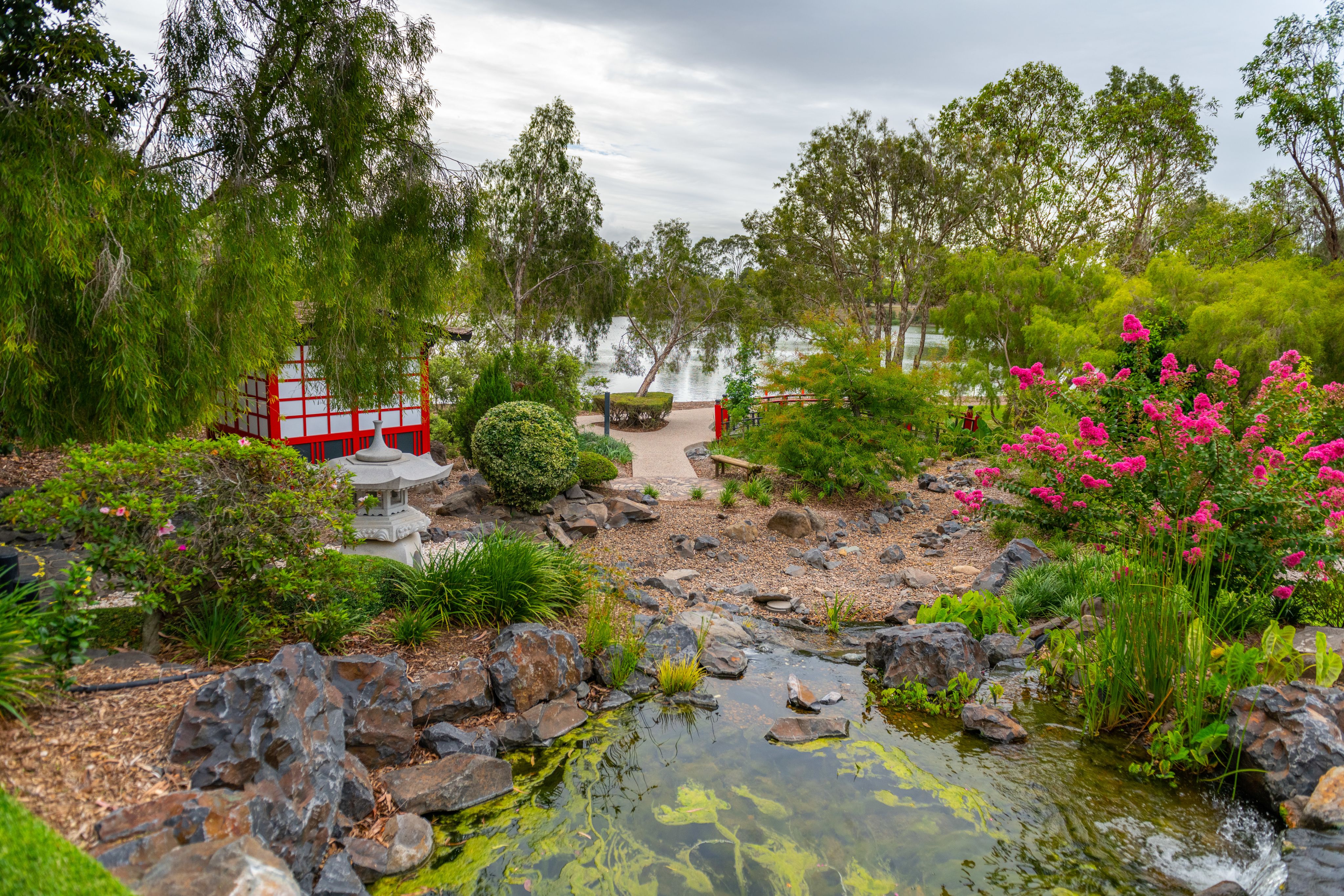



Wet weather impacts community
From flooded yards and neighbourhoods to damaged roads, community members captured these images after a heavy deluge impacted areas across the Bundaberg Region last Saturday.



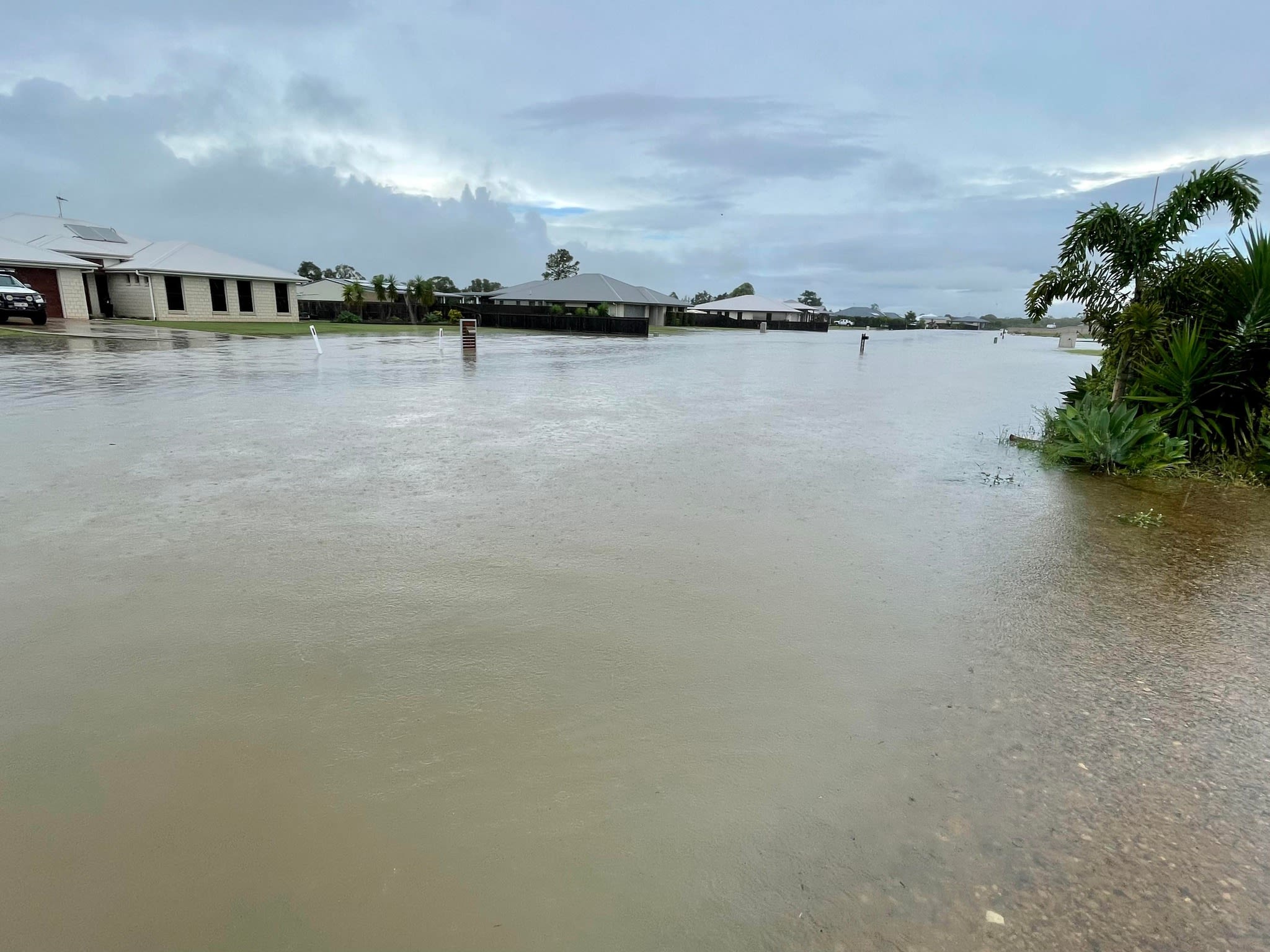
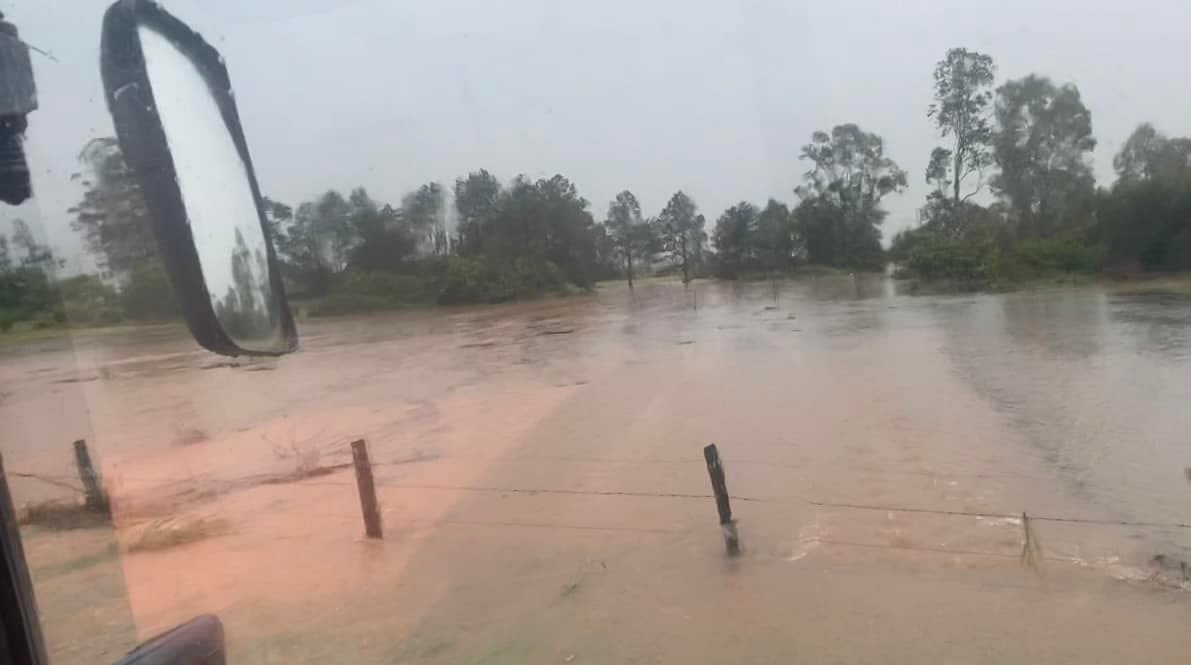



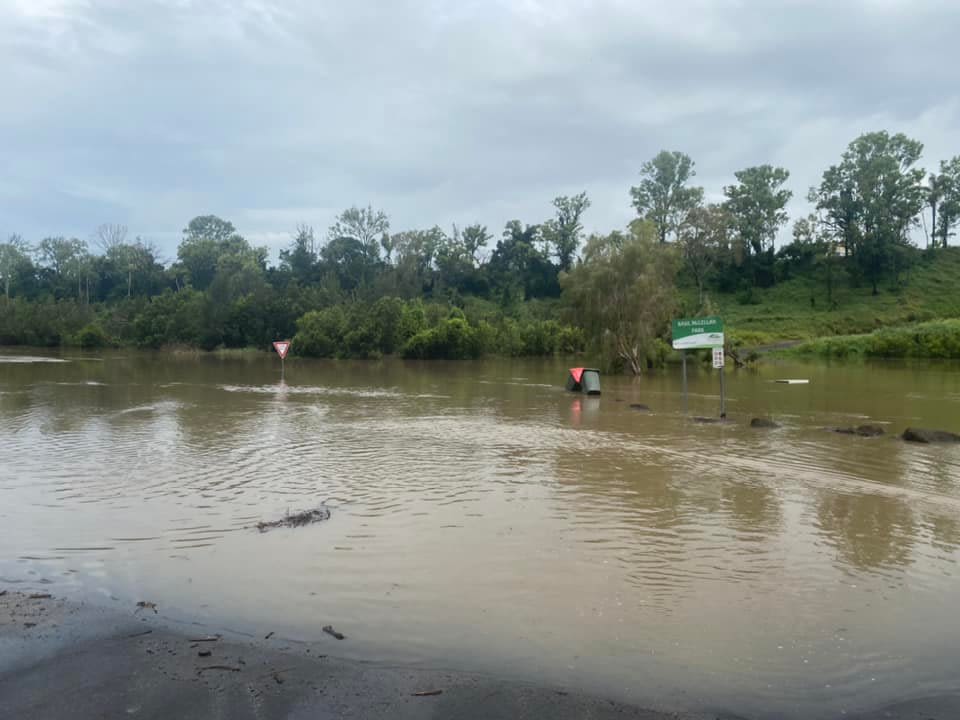

Samantha Dickson took this photo of the Bruce Highway at Booyal.
Samantha Dickson took this photo of the Bruce Highway at Booyal.

Goodwoood Road. Photo: Lara Emmitt
Goodwoood Road. Photo: Lara Emmitt

Parklands Drive, Branyan. Photo Sasha Job
Parklands Drive, Branyan. Photo Sasha Job

Dion McGarry said the water rose fast in Bundaberg North.
Dion McGarry said the water rose fast in Bundaberg North.

Floodwater in Branyan. Photo: Mandy Danko
Floodwater in Branyan. Photo: Mandy Danko

Sarah Wesener shared this photo of Cedars Bridge.
Sarah Wesener shared this photo of Cedars Bridge.

Booyal Service Station. Photo: Shane Stallan
Booyal Service Station. Photo: Shane Stallan

Sarah Wesener took this photo of Bucca Crossing.
Sarah Wesener took this photo of Bucca Crossing.



